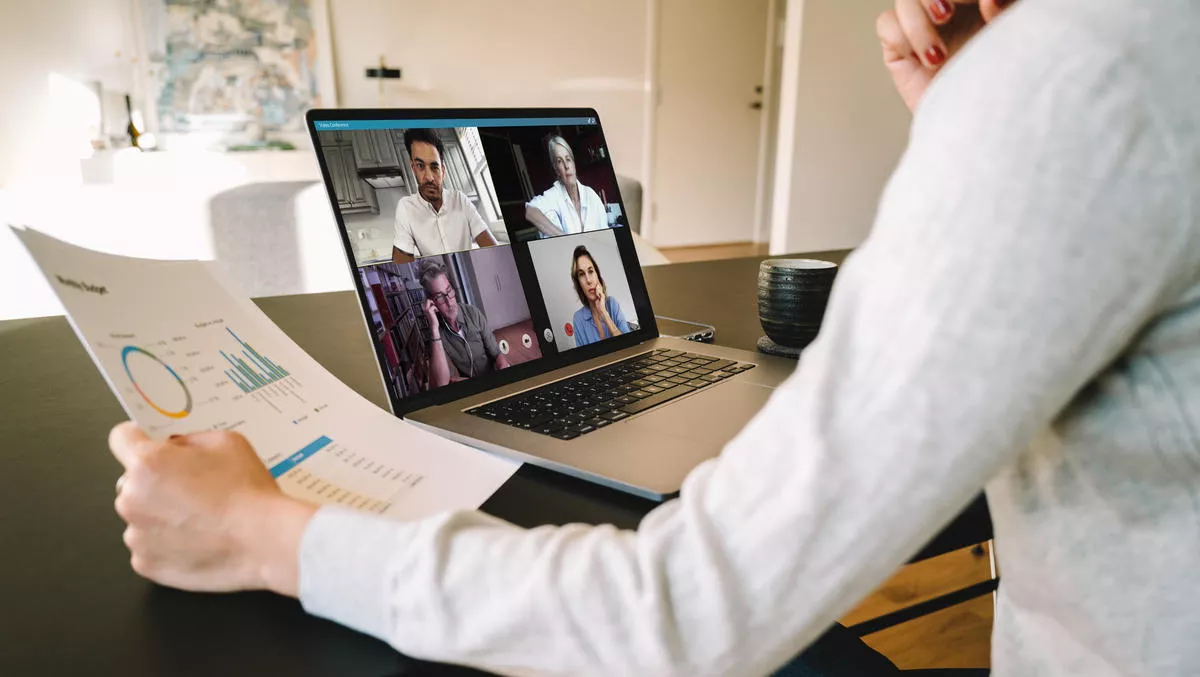
What will our workplaces look like in the near future?
A new survey from collaboration technology provider Barco looks into remote working and how it has changed and developed during the COVID-19 pandemic.
The research found the majority of employees in Australia (55%) would prefer to continue working from home at least two days per week, despite half (51%) finding it less enjoyable now than at the start of the pandemic.
In addition, the study found time saved by not commuting, flexibility to work at times that suit people best and work-life balance were some of the top reasons why those surveyed prefer working from home.
Working from home has its downsides, however, with difficulty in collaborating with colleagues (40%), missing the social side of office life (37%), and struggling to contribute to meetings (26%) being cited as among the top drawbacks.
Employees calling for hybrid model
According to the research, employees want a hybrid workplace model, where they have the flexibility and freedom to work from home when it works best for them or suits the type of work they need to do, but they can still work from the office some of the time.
Other options for working in a post-COVID-19 world included working in smaller satellite offices some of the time (26%) and co-working spaces (35%) some of the time.
There was a significant demand from workers for their employers to invest in better facilities and change existing facilities to enable this hybrid working balance.
Hotdesking may become a thing of the past, with only 12% indicating it as a preference, according to the research.
Employees struggling to feel connected
The survey results suggest many have suffered as a result of being separated from their colleagues, both emotionally and in their work.
More than half of Australians said they feel less connected with their colleagues than before COVID-19 and the same number said that having to collaborate remotely with colleagues, clients and others does not come naturally.
They also feel less connected to their organisations, with two in five saying their company sees them less as a person now compared to before the pandemic.
Collaboration and socialising were unsurprisingly the main reasons for respondents who wanted to get back to the office: 42% said they found it easier to work with colleagues in the office, while 46% said they liked the social aspect of office life.
Traditional approaches a thing of the past
Where people meet in offices is likely to change post-COVID-19, with the days of the traditional boardroom dwindling.
In fact, more than a quarter of Australians say they either never have meetings in boardrooms, or their office doesn't even have a boardroom.
Huddle spaces, open, informal, spaces to get together in the office, are becoming increasingly popular, with a third saying they use them for meetings at least once a day when in the office.
How people meet will change too. 54% of Australians have used Zoom for virtual meetings in the past six months, followed by Microsoft Teams (38%) and Skype (31%).
With many Aussies set to work from home at least some of the time moving forward, meetings with virtual and in-person attendees are here to stay.
The Bring Your Own Meeting trend that was already on the rise before COVID-19 where employees not only want to use their own devices (Bring Your Own Device), but also their own preferred conferencing solutions has continued apace during the pandemic.
The results of the study show that the laptop is now the single most important thing in most employees working lives: 74% said they couldnt bear to be parted from it while at work.
The research shows that workers struggle with video conferencing platforms. The most common issues are being unable to connect to meeting room systems and difficulty connecting audio and video.
Asked where they would like to see their employers invest, a third of respondents chose video conferencing equipment for use in meeting rooms as their preferred destination for new investment.
Barco's managing director comments
Barco managing director for Australia and New Zealand, Claudio Cardile, says, "The COVID-19 pandemic has accelerated the future of work, making it the now of workplaces.
"But our research shows that while employees are working from home, they are still experiencing many challenges especially with collaboration.
"With many expecting hybrid work, a combination of in-office and remote working, to be the norm, it's critical that businesses invest in solutions and processes that support workers to collaborate effectively.
He says, "Technology has always and will continue to play a critical role. And employees are now expecting their companies to be investing in the tools that make their everyday easier especially collaboration technologies.
"Businesses will also need to redesign or configure office spaces to ensure employees are empowered for hybrid working from in-office hygiene to more informal meeting rooms. Making these changes quickly, as we gear up for the new year, is key to ensuring Australian businesses are ready for the post-COVID-19 chapter.


